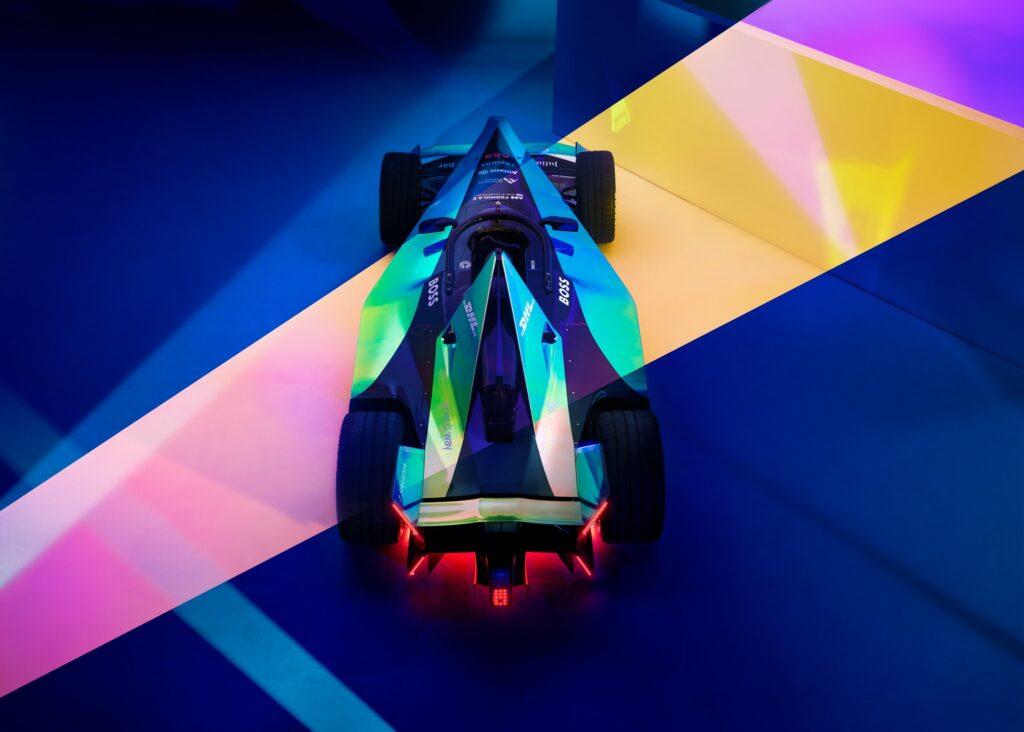
What better way to get excited about an upcoming electric racing event than by unveiling the Formula E Gen3 race car? While we won’t see these cars racing around the track this weekend, it does signal that Formula E is quickly catching up to F1 and may soon beat them to the finish line.
Read more: 10 of the fastest electric cars ever made
The reveal took place in Monaco, where a big ePrix event starts Saturday morning, and it’s sure to be exciting. The Monaco track is one of the most historic and iconic tracks globally, hosting Formula One since 1929. Unlike F1, where the fastest car is always in front, the electric Gen 2 cars have similar performance. That means there are always many passes, and it’s harder to predict who will win. You can click here for ways to watch lots of action and upsets from start to finish.
Power and Speed
And that’s just a taste of what’s to come. The new Formula E Gen3 cars, which will race in the 2023 season, have 40% more power and 15% higher top speed than the Gen2. It’s also 60kg (132 lbs) lighter and has more than double the regenerative braking capacity due to a new dual-motor powertrain.

With 600kW charging speeds, the Gen3 vehicles can pull over for a pit stop and recharge faster than any charging system. The extra boost to regenerative braking also means the removal of rear hydraulics. The rear 350kW motor will manage rear braking entirely without any friction brakes, which is a first for racing.
An all-wheel-drive Formula E car will be a new experience for drivers to handle. The dual-motor powertrains are something EVs can easily do, which gas-powered vehicles can’t. It’s an experiment testing the limits, but the narrower body should also help facilitate tight turns around the race circuits. The slim frame also means it’s easier for two or three cars to fit side-by-side.
Sustainability
There are also several innovations to the Formula E Gen3 car to reduce the environmental impact. For instance, the bodywork is now composed of linen and recycled carbon fiber. That goes a long way, considering how much it breaks off due to contact between cars. 26% of tire material will be natural rubber and recycled fibers — meaning less oil — and the ePrix will recycle all tires after racing.

Of course, there’s the obvious fact that the vehicles are electric. The drivetrains are 95% more efficient than Formula One vehicles which lose twelve times more kinetic and thermal energy. There is still a significant performance gap between Formula E and F1, but F1 technology isn’t improving quickly. We expect that gap will close in the coming years.
We can’t wait to watch these vehicles race around the track next season. But in the meantine, this weekend’s race starts at 3 pm local Monaco time (6 am PDT/9 am EDT/1 pm UTC), and be sure to check Formula E’s website for ways to watch.